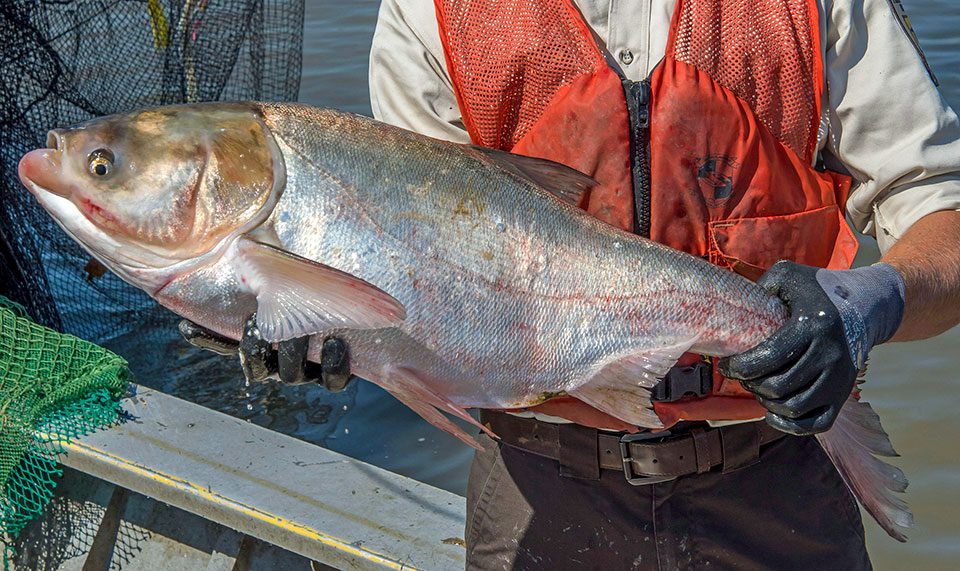
Polymerase chain reactions (PCR) were done in 50-μL volumes. ( 2005) were used to amplify the COI gene. Combinations of forward and reverse primers designed by Ward et al. The fish samples were fixed and stored in 10% formalin and deposited as voucher specimens at the Institute of Biology, University of the Philippines, Diliman, Quezon City, Philippines.Ībout 20 mg of muscle tissue was subjected to DNA extraction using either QIAGEN DNeasy Blood and Tissue Kit (QIAGEN, Valencia, CA) following the manufacturer’s protocol or InstaGene Matrix (Bio-Rad Laboratories) following the protocol of Hoff-Olsen et al. Current valid scientific names were verified according to the method described by Eschmeyer et al. Fish were identified according to the methods described by Herre ( 1924a, 1924b, 1926, 1932), Trewavas ( 1942, 1982), Akihito and Meguro ( 1975), Conlu ( 1986), Teugels et al. This study aimed to identify and catalogue the remaining ichthyofauna of Lake Lanao through the use of DNA barcoding.įive to 10 individuals of each species were obtained from fishermen and from fish landing centers in Padian, Marawi City. ( 2003) proposed a standard gene sequence, the mitochondrial DNA cytochrome c oxidase subunit I (COI) gene, for fast and accurate identification and differentiation of animal species. In some cases, identification using morphological characters can be problematic and tedious. However, every fish management and conservation effort requires accurate identification of species. ( 2014) reported that there is a continuing decline in the abundance and diversity of native and endemic fish species in Lake Lanao.Ĭurrently, there are plans to restore and conserve the lake fish fauna. Owing to the multiple introductions of non-resident species to Lake Lanao, the natural diversity of fish species in the lake has become uncertain. Because of overexploitation and introduction of non-native species, there are now only two endemic species remaining in the waters of Lake Lanao, namely, Barbodes lindog and B. This endemic fauna played an important role in the development of species flock concept that had been widely cited in discussions on evolutionary rates (Herre 1933 Myers 1960 Kornfield and Carpenter 1984). The lake was once home to 20 endemic cyprinid species belonging to the genera Cephalakompsus, Mandibularca, Ospatulus, and Barbodes. 2014) and is considered one of the 15 ancient lakes in the world.

It is estimated to be between 5.3 and 5.6 million years old (Ismail et al. It is located in the province of Lanao del Sur in Mindanao. The lake has an area of about 35,250 ha, a maximum depth of 112 m and a mean depth of 60.2 m (Frey 1969). Lake Lanao watershed was considered an important biodiversity site in the Philippines. The partial sequence of mitochondrial COI gene was found to be a good DNA barcode for fast and accurate species identification of fishes in Lake Lanao and for tagging species that warrant further taxonomic investigation. was highlighted for further taxonomic investigation because barcoding indicated unidentified species of this genus. Possible hybrids between Oreochromis species were detected.

Average Kimura 2-parameter genetic distances were 0.24% (within species), 8.31% (between species), 9.69% (within family), and 24.86% (between families).

A total of 75 specimens of 12 different species belonging to nine genera, eight families, and five orders were DNA barcoded using the mitochondrial cytochrome c oxidase subunit I (COI) gene.

This study represents the first molecular survey of the ichthyofauna of Lake Lanao. Over the years, there has been a steady decline in the abundance and diversity of endemic fishes in the lake because of overfishing and introduction of non-native species. Lake Lanao, the second largest lake in the Philippines and one of the 15 ancient lakes in the world, used to contain 20 endemic cyprinid species, which had attracted the attention of evolutionary biologists in the past.


 0 kommentar(er)
0 kommentar(er)
